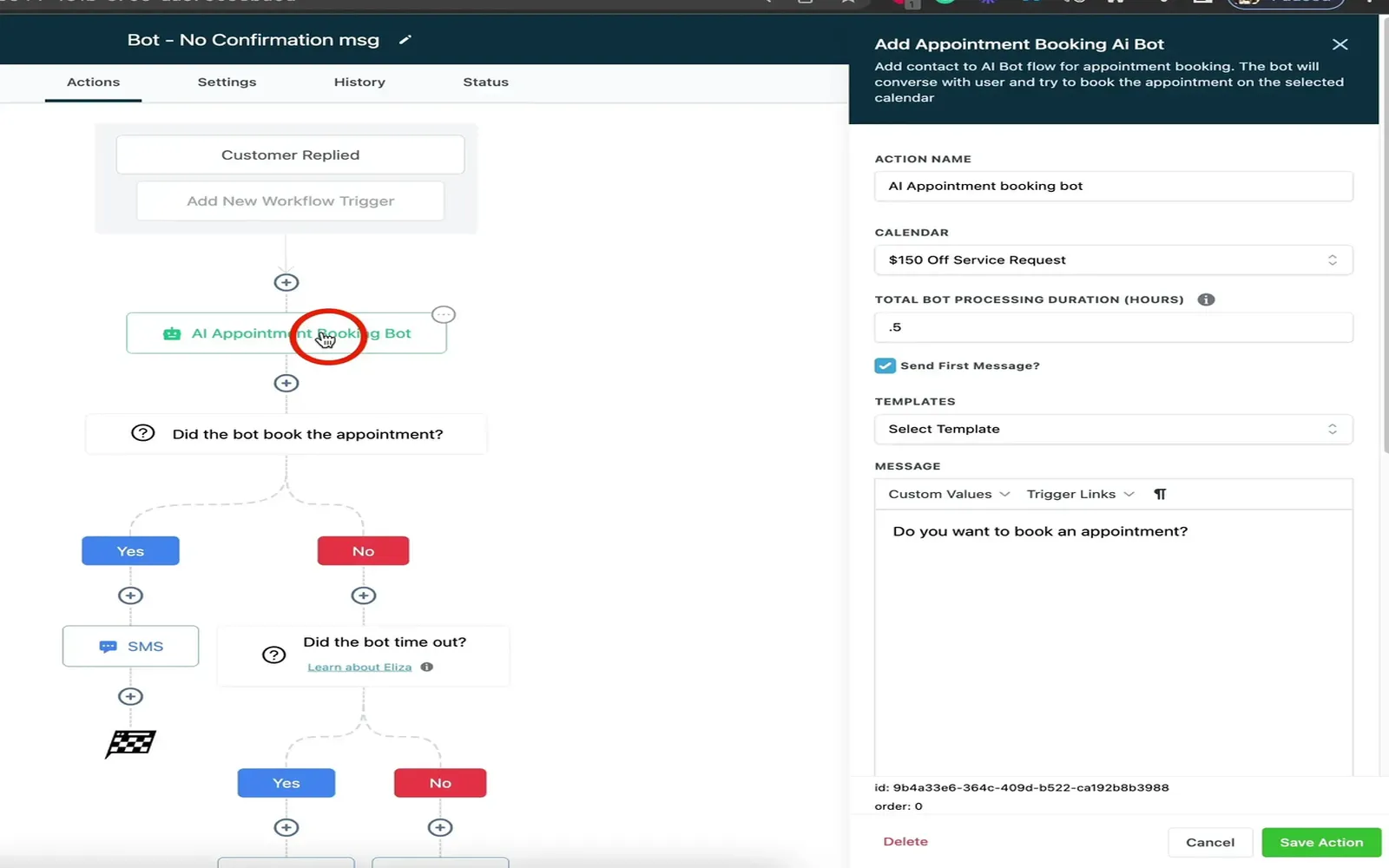Understanding the Basics of AI Chatbots
Creating an appointment AI chatbot begins with understanding its fundamental components. An AI chatbot is a software application that uses artificial intelligence to engage in conversation with users. To design an effective appointment booking chatbot, you need to focus on its capabilities, including natural language processing, user intent recognition, and seamless integration with existing systems.
Identifying Key Features for Your Appointment AI Chatbot
When building an appointment AI chatbot, consider incorporating the following key features:
| Feature | Description |
|---|---|
| Natural Language Processing (NLP) | NLP allows the chatbot to understand and respond to user queries in a conversational manner. |
| Calendar Integration | Integrating with popular calendar applications helps users easily schedule and manage appointments. |
| Multi-Channel Support | Ensure that your chatbot is accessible across various platforms, including websites, social media, and messaging apps. |
| Personalization | Use user data to offer personalized responses and suggestions, enhancing the user experience. |
| Feedback and Rating System | Incorporate a feedback loop to continually improve the chatbot's performance based on user interactions. |
Choosing the Right Technology Stack
The choice of technology stack is crucial for building a functional appointment AI chatbot. You can opt for various frameworks and tools, depending on your specific requirements:
| Technology | Purpose |
|---|---|
| Programming Languages | Languages like Python, JavaScript, or Java are widely used for developing chatbots. |
| AI Frameworks | Utilize frameworks like TensorFlow or PyTorch for machine learning capabilities. |
| Chatbot Platforms | Platforms such as Dialogflow, Microsoft Bot Framework, or Botpress simplify the development process. |
| Database Management | Use databases like MongoDB or Firebase to manage user data and interaction history. |
Designing the Conversation Flow
Designing an intuitive conversation flow is essential for your chatbot's effectiveness. A well-structured flow enhances user experience and leads to successful appointment scheduling. Here’s how to design it:
1. ''Define User Intent'': Understand what users are looking for. Are they scheduling, rescheduling, or canceling appointments?
2. ''Create User Scenarios'': Map out different scenarios users may encounter and how the chatbot should respond.
3. ''Build Decision Trees'': Develop decision trees that guide the user through the conversation, ensuring clarity and ease of use.
Testing and Iterating Your Chatbot
Once your appointment AI chatbot is developed, rigorous testing is essential. This phase identifies any issues that may hinder user interaction:
| Testing Method | Description |
|---|---|
| Unit Testing | Test individual components of the chatbot to ensure each part functions correctly. |
| User Acceptance Testing (UAT) | Gather feedback from real users to assess the chatbot's performance and usability. |
| A/B Testing | Compare different versions of the chatbot to determine which one performs better. |
Monitoring and Improving Your Chatbot
After launching your appointment AI chatbot, continuous monitoring is vital to its success. Gather analytics on user interactions to identify areas for improvement:
1. ''Analyze Conversation Logs'': Review how users interact with your chatbot to identify common issues or misunderstandings.
2. ''Implement Feedback Loops'': Use feedback from users to make necessary adjustments and enhancements.
3. ''Regular Updates'': Keep updating your chatbot’s database and features to adapt to changing user needs and preferences.
Conclusion
Creating an effective appointment AI chatbot involves thorough planning, designing, testing, and continuous improvement. By focusing on the user experience and incorporating essential features, you can develop a chatbot that not only schedules appointments efficiently but also enhances customer satisfaction. Remember to utilize analytics and feedback to refine your chatbot continually, ensuring it remains a valuable asset for your business.





